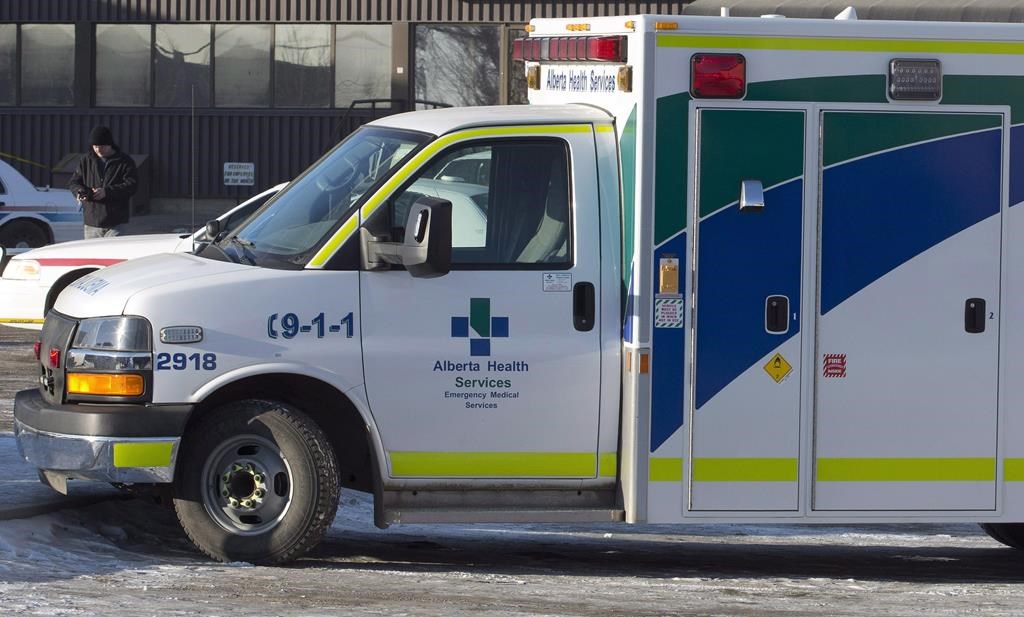On Dec. 31, the Vulcan County fire department was dispatched to a call for an individual suffering from a cardiac arrest.

The county’s only emergency medical services unit had been shut down that day because of manpower issues, so an ambulance was dispatched from High River, nearly 70 kilometres away.
“CPR was already in progress, being administered by the family members, then our firefighters took over and administered CPR for another 10 to 15 minutes prior to EMS arrival,” regional fire chief Douglas Headrick said. “So it took EMS from the time they received their call, approximately 37 minutes 51 seconds to arrive on scene.”
According to Headrick, it’s not out of the ordinary for the county to be without its ambulance.
“Issues we’re seeing is our ambulances being flexed out. It’s going on non-emergent transfers and when it gets on non-emergent transfers to the city they never get out so they’ll probably end up spending their whole 12 hour shift in Calgary. If someone calls in sick, it’s very seldom this ambulance is covered,” Headrick said.

Get weekly health news
Magrath volunteer fire chief Cliff Blackwell is also familiar with long wait times. The town no longer has its own EMS unit.
“A lady of 17 years of age in our area, for one reason or another, she went unconscious and seized in a cardiac event and became a life-critical situation.” Blackwell said.
“It took the dispatch 25 minutes to send us, to get an ambulance there.”
He points to the Alberta Health Services deployment model as the cause.
“When I said it was programs over people, that’s what it is. They’re going on statistical analysis and since we have a higher population in our urban areas, our rural areas are the ones that suffer,” Blackwell said.
“Our cities are pulling in all the ambulances.”
AHS says it is filling 100 paramedic positions across the province and in a statement from a spokesperson reads “EMS monitors ambulance availability in real time and ensures resources are available to respond to emergencies… System adjustments are made minute by minute to make the best use of existing resources”.
But rural emergency response leaders say the adjustments aren’t enough.
“I think this is a problem across all of rural Alberta,” Headrick said. “I don’t know what they’re going to do to fix it, but something has to be done.”






Comments